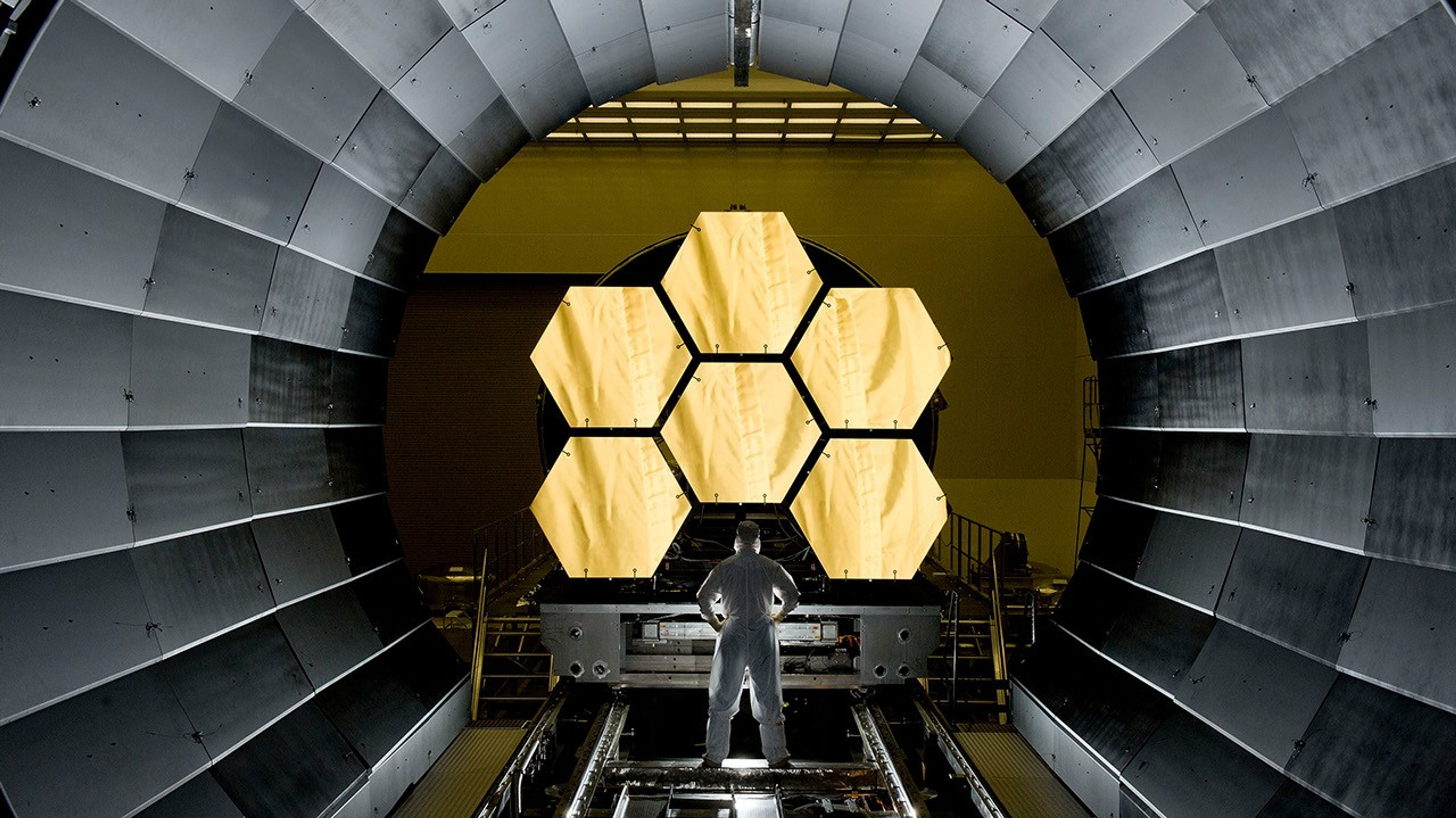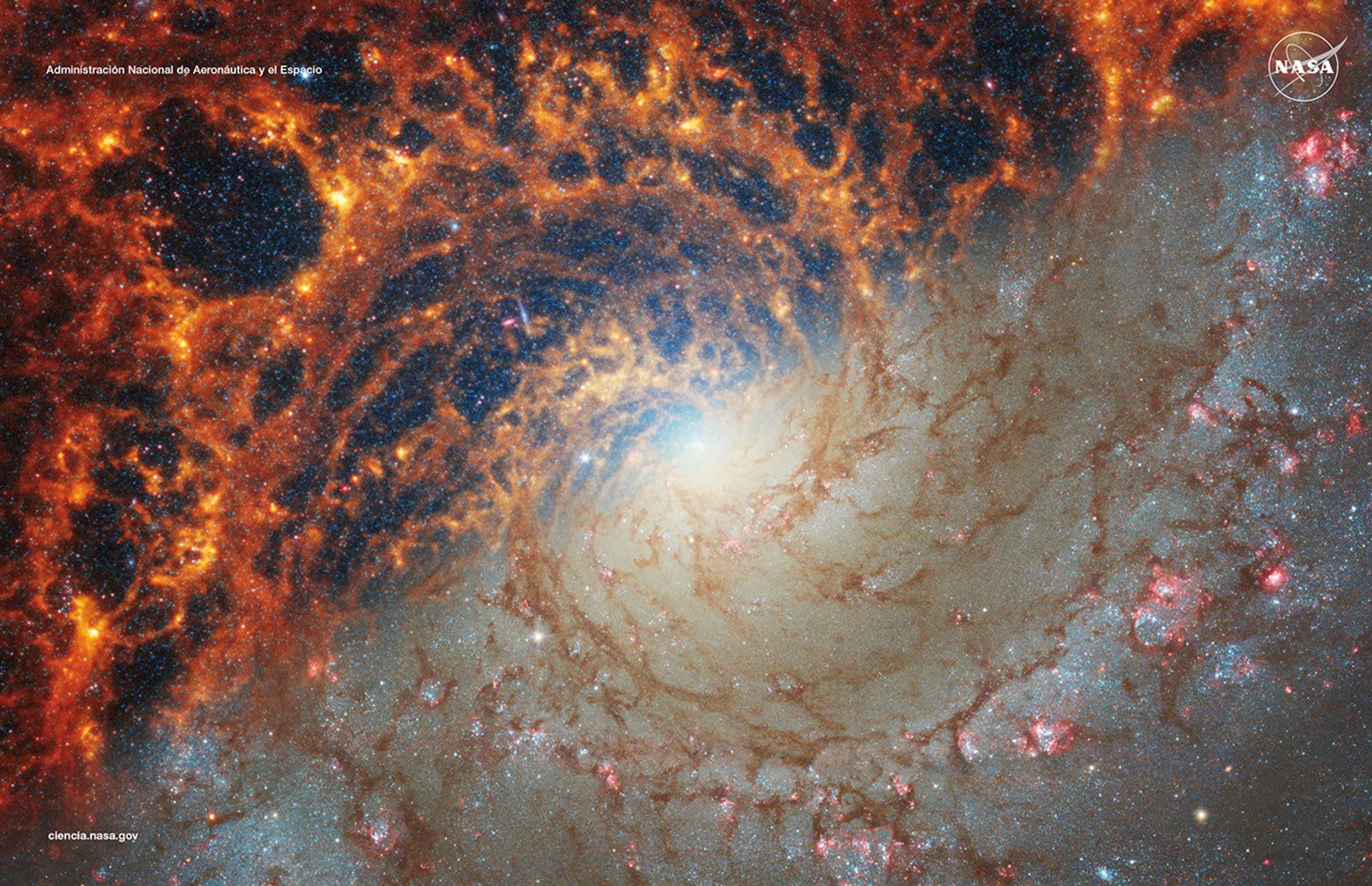About TechSAG
Assessing Technology Needs for Future Astrophysics Science Missions
The Technology Science Analysis Group (Tech SAG) was very active during the first year of the PhysPAG, providing broad community inputs to NASA PhysCOS technology planning. Many thanks to all the participants for their excellent work, with special thanks to Roger Brissenden for his very effective leadership of the Tech SAG and his service as a PhysPAG Executive Committee member.
The goal of the PCOS Technology Science Analysis Group (TechSAG) was to provide quantitative analysis and assessment regarding PCOS technology needs to NASA via the Astrophysics Subcommittee (APS). The TechSAG ws open to all members of the community.

The TechSAG work was completed and transferred to the four continuing SAGs (IPSAG, X-ray SAG, GWSAG, and GammaSAG), with cross-discipline coordination for annual technology inputs provided by the PhysPAG Executive Committee.
Those four continuing SAGs were later designated as Science Interest Groups (SIGs): IP SIG, XR SIG, GW SIG, and GR SIG.
Technology SAG Team
| Name | Institution | Name | Institution |
|---|---|---|---|
| Jamie Bock | Caltech | Herman Marshall | MIT |
| Jay Bookbinder | CfA | Guido Mueller | U. Florida |
| Roger Brissenden, Chair | CfA | Steve Murray | JHU |
| Randall Correll | Ball | Jason Rhodes | JPL |
| Kathy Flanagan | STScI | Dan Schwartz | CfA |
| Liz Hays | GSFC | Colleen Wilson-Hodge | MSFC |
| Shaul Hanany | UMN | Kent Wood | NRL |
| Kent Irwin | NIST |
Documents
TechSAG PCOS Technology Assessment
The TechSAG undertook a task to assess the technology needs for current and future PCOS science objectives. A draft draft technology roadmap and supporting tables were developed and made available for community comment in July 2011. Comments received were assessed and incorporated based on the best judgment of the TechSAG and a final roadmap and set of supporting tables were submitted to the Astrophysics Subcommittee for approval on 20 Oct 2011. Following approval by the Astrophysics Subcommittee, the results of the assessment were provided to the PCOS Program Office as input to their Program Annual Technology Report to be used by the Astrophysics Division to guide planning for PCOS technology related activities.
News Straight to Your Inbox
Subscribe to your community email news list
We will never share your email address.




























